On a sunny autumn afternoon, hundreds of bonsai enthusiasts from across the country have gathered for a very special event. All the months of planning, the countless meetings, marketing strategies, and fundraising efforts have culminated in something the American Bonsai community has never seen before, a national venue for the display of American Bonsai created by the American Bonsai community.
The road to this historic event began in 1986, on the occasion of the tenth anniversary of the Japanese Bicentennial gift of bonsai to the U.S. The National Bonsai Foundation (NBF) marked the event with a Gala Celebration and set the agenda for the future: to build an American Bonsai Pavilion to display a collection of North American bonsai. The vision for this collection stated by NBF President Fred Ballard was “to provide a showcase for bonsai ...in the United States. Some of the finest bonsai on this continent are not Japanese imports, but American trees created by American artists.”
The challenge facing the NBF in realizing this vision was the raising of one million dollars needed for construction in addition to filling it with the best bonsai the U.S. had to offer at the time. The response by the bonsai community was overwhelming. Individuals, clubs, and bonsai professionals all contributed to the cause. Funding came from every state in the country where bonsai was practiced. The “Committee of Thousands” was created for those willing to commit one thousand dollars toward building the John Naka Pavilion. Some bonsai clubs raised the money through conventional means such as special auctions and workshops.
Sun shade fundraiser
Club members harvest decomposed granite to be sold to raise funds.
Other clubs such as the Shohin Bonsai Society of Southern California thought outside the box and harvested decomposed granite for use in bonsai soil and sold it for ten dollars a bag. The Tampoco Bonsai Club sold car sun visors with one of John Naka’s sketches on them and donated all proceeds to project. It was only with the involvement of the American Bonsai community as a whole that the Naka Pavilion was able to be built.
From left to right bonsai sherpas Larry Ragle, Melba Tucker, Nina Ragle, Marybel Balendonck, John Naka, Harry Hirao, and Jerry Stowell at the ground breaking ceremony, 11/18/1988.
With fundraising completed, construction began. The groundbreaking ceremony for the Naka Pavilion was held on November 18, 1988. During the ceremony John Naka stated that this project was “an investment in the future of bonsai in North America ...to build a permanent home for bonsai in America [has] done much to ensure the future of the art form on this continent. Let’s start building our American dream for American Bonsai."
On October 1, 1990 the dream of a national collection of American Bonsai was realized. Over 800 special guests from around the world gathered to celebrate the beginning of a new chapter in American Bonsai. As Mr. Naka stood at the podium that day he put this great achievement in perspective:
"Although it was very difficult climbing to reach this point, I do not want to say this is the peak. If we reach the peak, there would be no place to go but down. I want us to keep climbing and progressing because there are many, many more important projects ahead of us. I know I speak for those of my generation who became the teachers, the guides to this ancient art form, Yuji Yoshimura, Harry Hirao, Haruo Kaneshiro, George Yamaguchi. We are all still climbing with you."
These words spoken twenty five years ago are still true today. The challenges currently facing the American Bonsai community are not new. The challenge to grow a thriving bonsai community, to develop the necessary skills to create world class bonsai and to mature in our understanding of what defines American Bonsai are still present. We have been fortunate to have had a generation of such determined sherpas. Now it the turn of a new generation to continue the ascent mandated by Mr. Naka, all the while remembering they are still climbing with us.
John Naka speaking at the dedication ceremony 10/1/1990, “I want us to keep climbing and progressing because there are many, many more important projects ahead of us.”
Upon John Naka’s return home from Washington D.C., he reflected on all that had recently happened and wrote:
"This is just the beginning of our dream …the world will understand how wonderful it is to create a living art that provides a great spiritual feeling. Those of you who missed this occasion, there will be more bonsai needed in the future..., so continue to create your masterpiece[s]… let us all put our strength together for the sake of peace, for the sake of our future generations and also for the sake of this wonderful art, bonsai."
Almost twenty-five years to the day, the American Bonsai community will gather in Portland Oregon for the Artisans Cup. An event, like the creation of the Naka Pavilion, that will stand as a defining moment in the history of American Bonsai and whose success will also depend on the participation of the entire American Bonsai community. For the first time in twenty five years we have the opportunity to define what American Bonsai will be for the next twenty-five years. More importantly we will define who we are as a community and show the world that clubs and cliques, distance or dollars, and even phytosanitary certificates are not sufficient excuses to ignore this important project.
The need to support high level bonsai competitions in the U.S. is becoming more urgent if the American Bonsai community is to continue to reach new heights. Take the first step, submit a tree, make the effort, pool your resources, join the movement. The only way this artform will grow is if competitive exhibitions, like the Artisans Cup, challenge us to reach new peaks of creativity and community as we carry on the legacy of those who began this uphill adventure.
As Assistant Curator from 2006-2014, Aarin dedicated 8 years to the care and cultivation of the bonsai housed at the National Bonsai and Penjing Museum in Washington D.C., including those within the Naka Pavilion. Most recently Aarin was chosen to succeed David De Groot as Curator of the renowned Pacific Bonsai Museum in Federal Way, WA. Aarin joins Ryan and the growing number of talented bonsai professional in the Pacific Northwest committed to honoring the tradition of bonsai while advancing the art form in the 21st century.
This post was written by Aarin Packard, Pacific Bonsai Museum, one of our amazing sponsors of The Artisans Cup.
